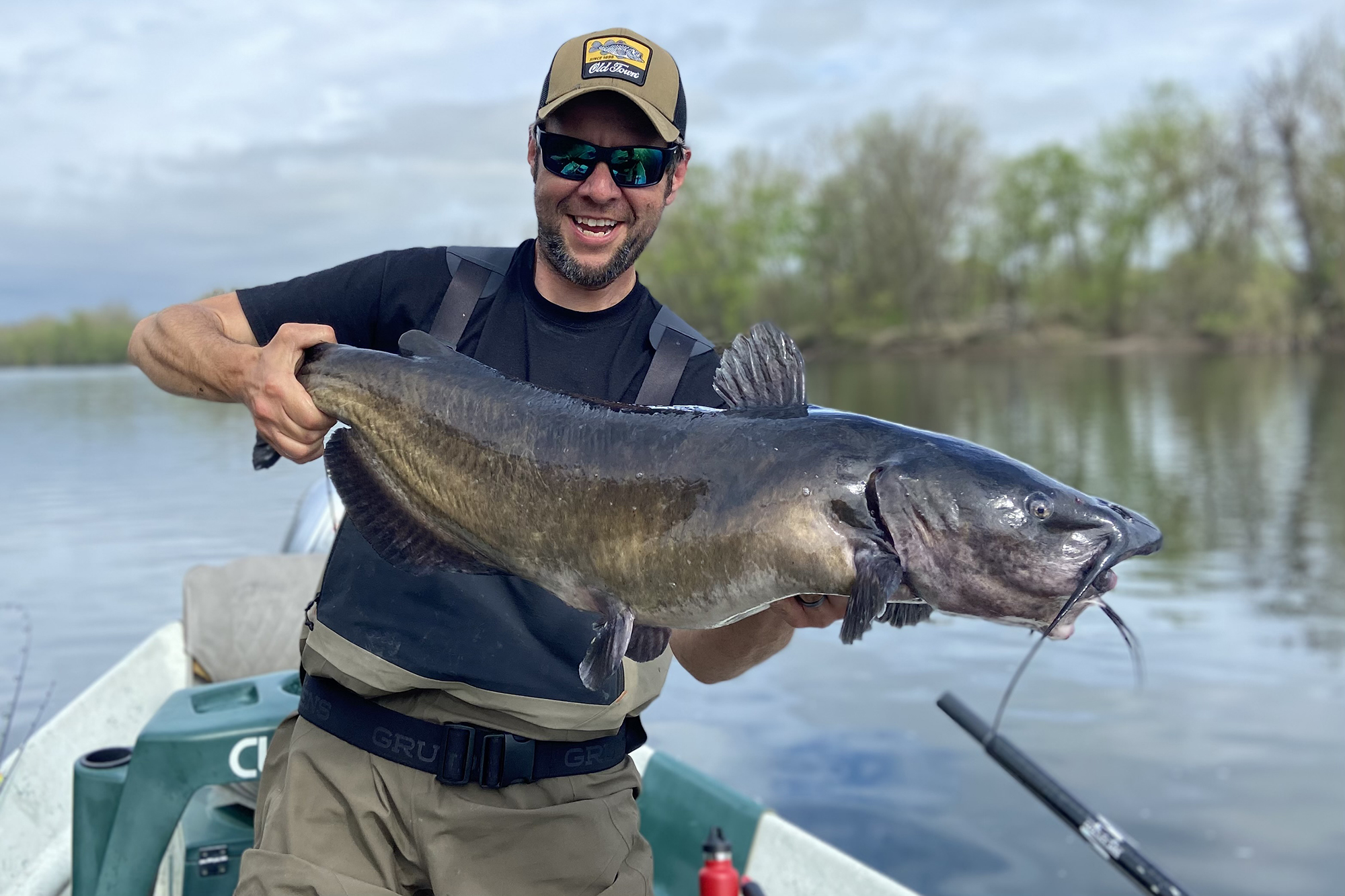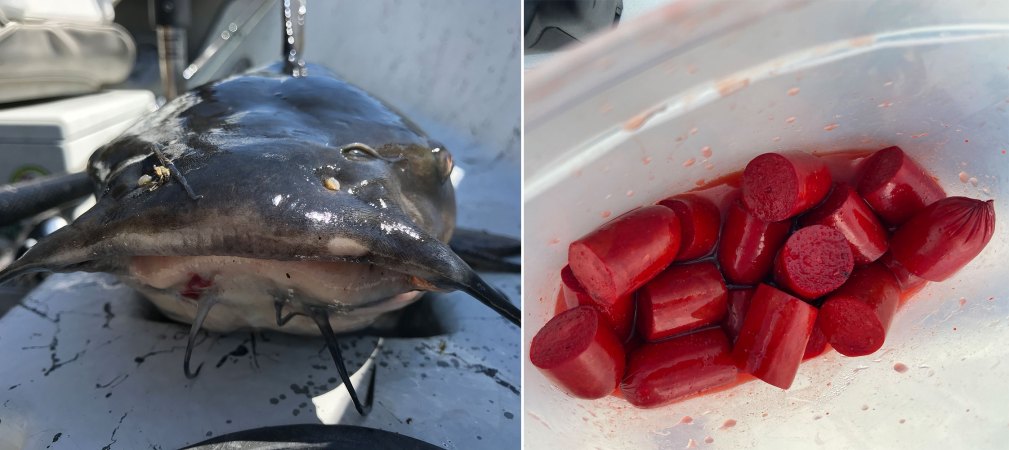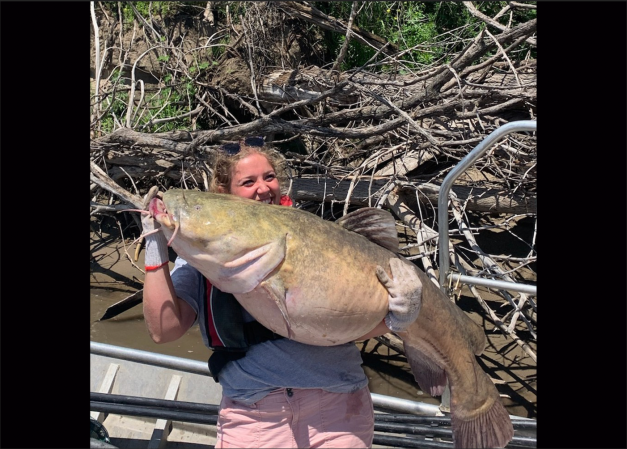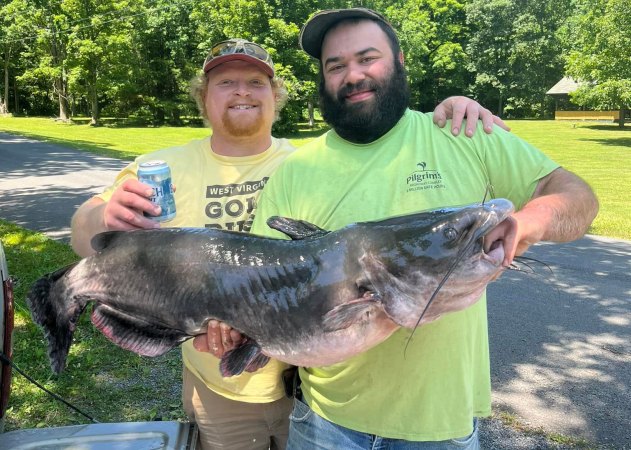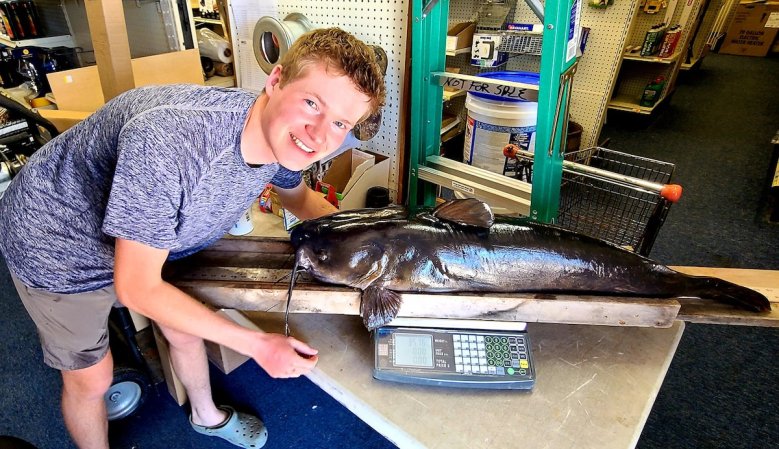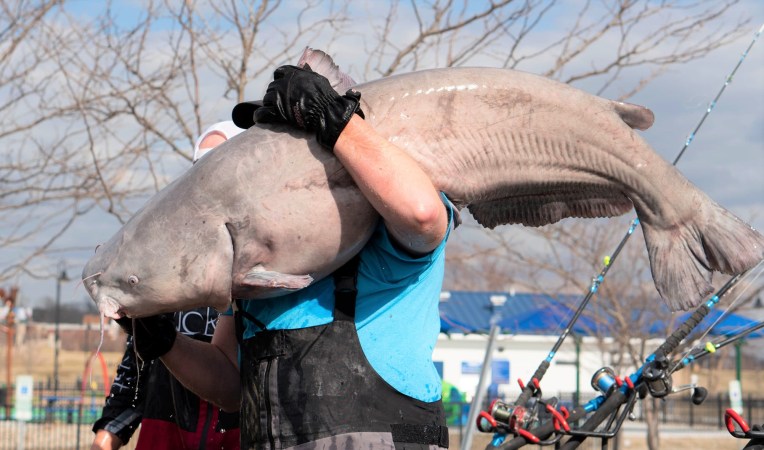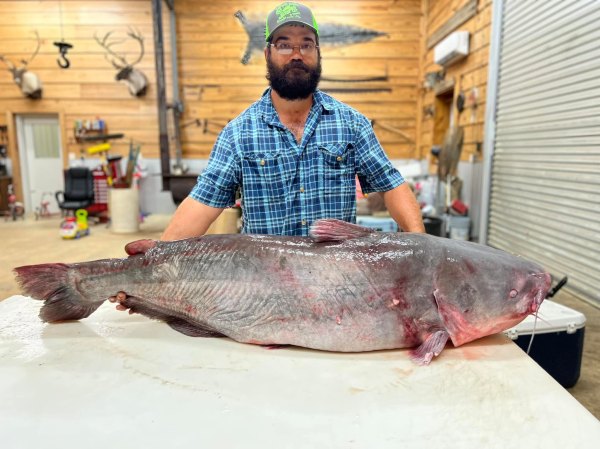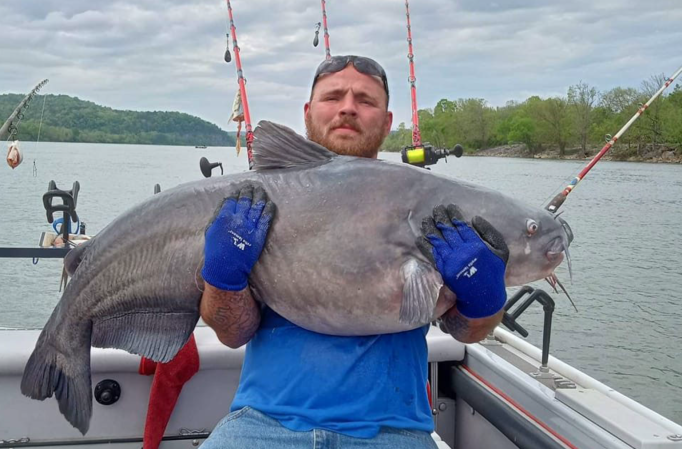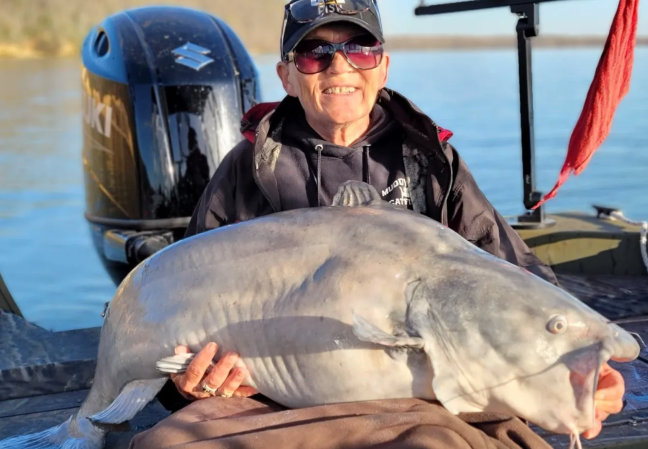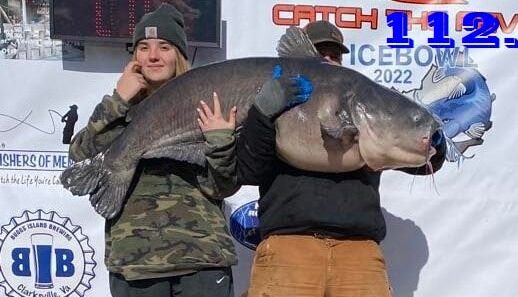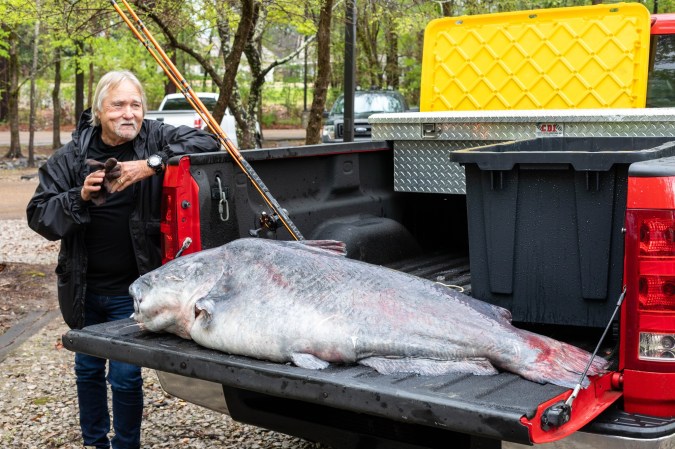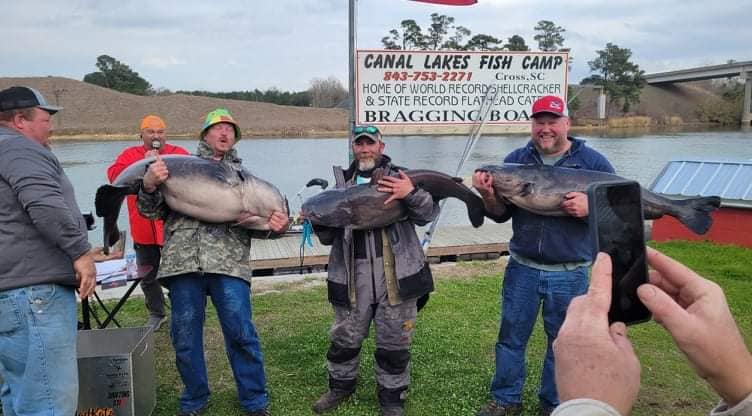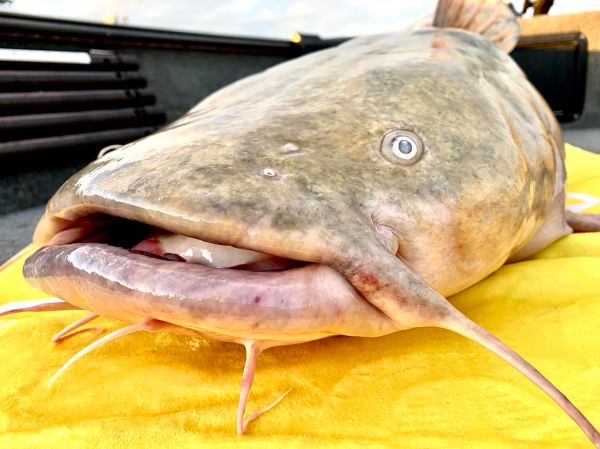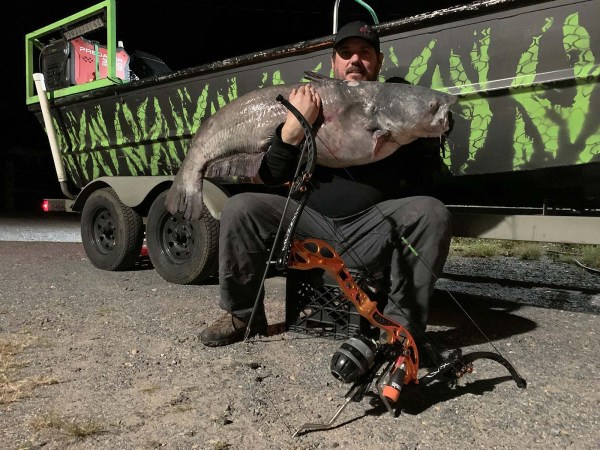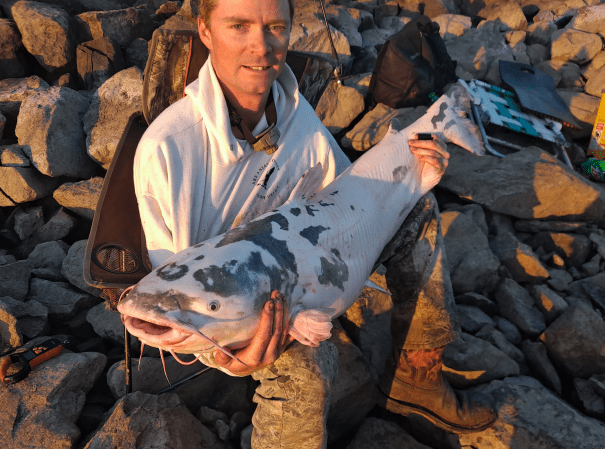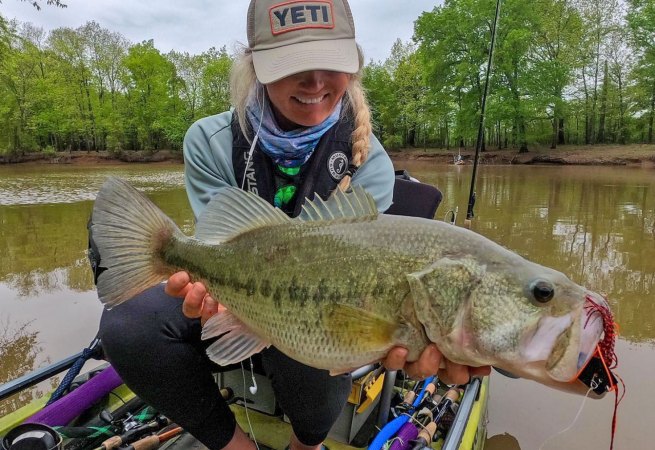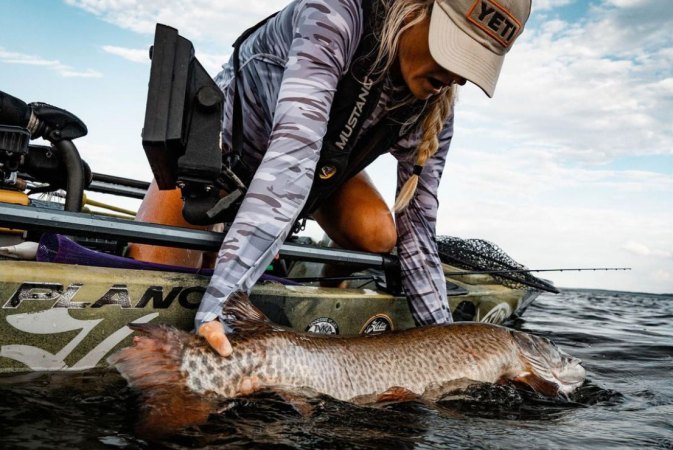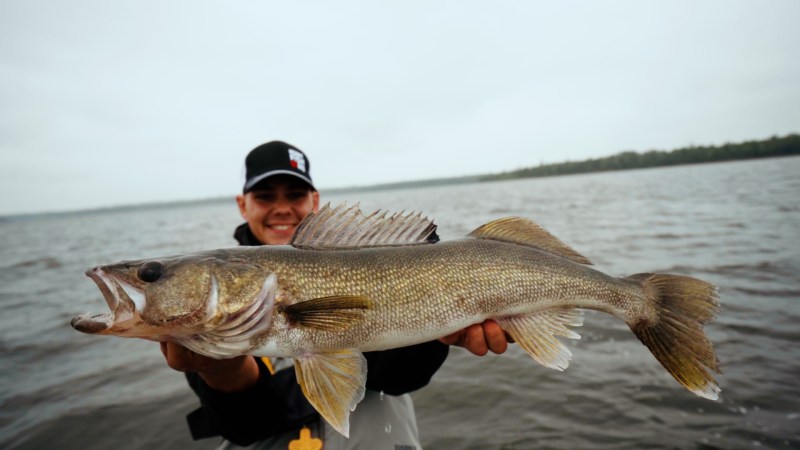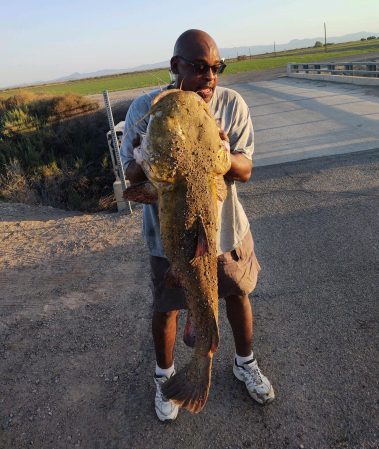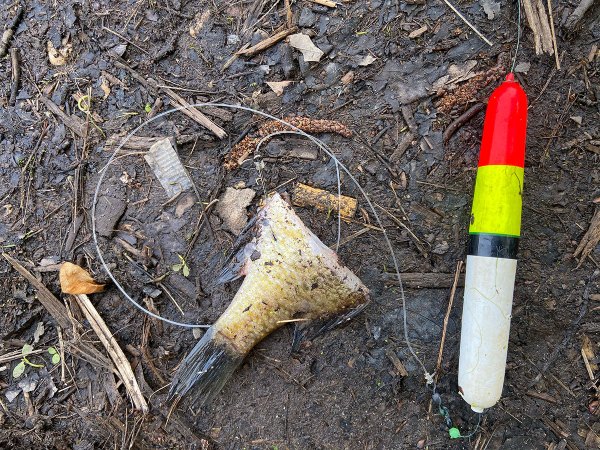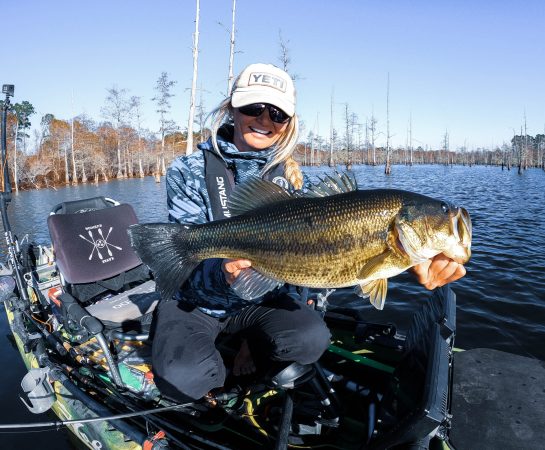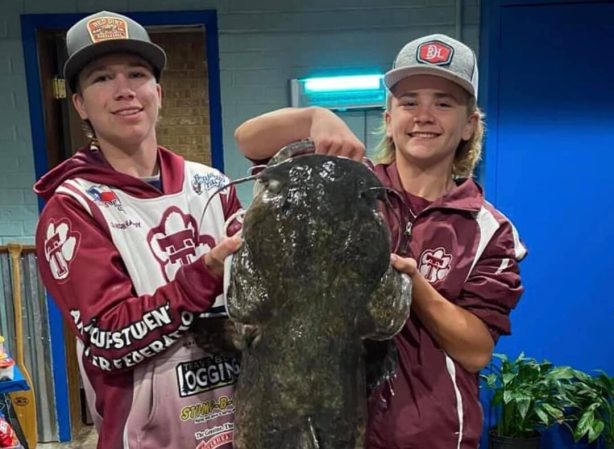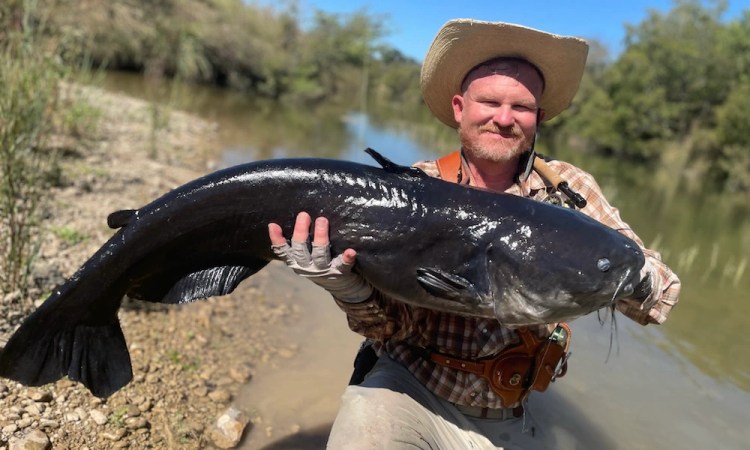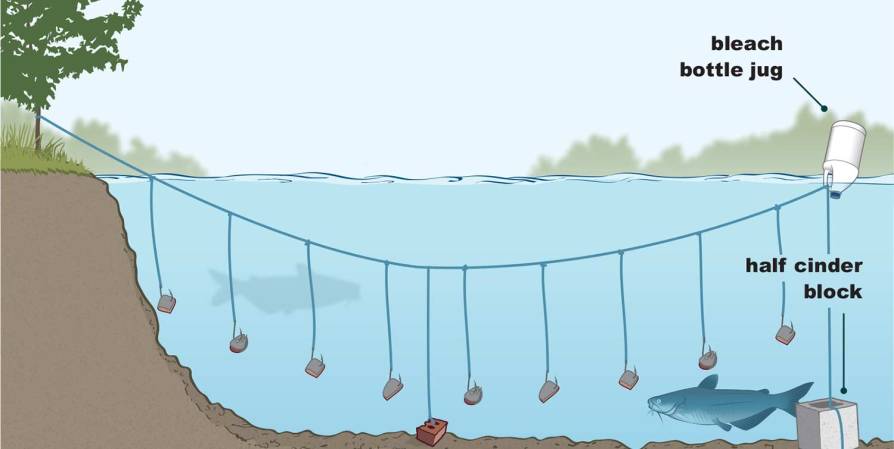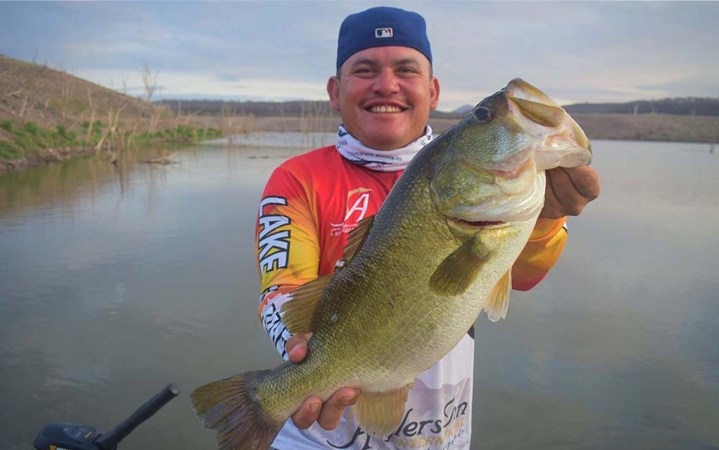Flatheads and blue catfish hog the spotlight. At least that’s the way I see it. I understand that both of those species grow much bigger than the lowly channel catfish, making for better Instagram fodder and sorer arms. People travel great distances to target those other species, often forgetting about the channel cats right in their home waters. I’ll admit that I didn’t pay much attention to the channels in my backyard growing up. It wasn’t until the Covid pandemic that that I truly learned how to catch channel catfish like a pro.
During those first few months, it was such a treat to be out on the water for a day that I didn’t want to go home. So, instead of just catching American shad and throwing plugs for striped bass I like always did, I extended my days by cutting some of those shad up and putting in some dedicated channel cat time. I always knew my home river, the Delaware, was loaded with them, but I didn’t know just how special the population was and how springtime is the right time to hook a channel catfish big enough to be confused with a blue. Then I went all in, and I’ve been addicted to channel cats ever since.
Best Channel Catfish Bait
Through the summer, my go-to bait for channel catfish is hot dogs soaked in Kool-Aid and garlic powder. Channel catfish rely on scent, and they are attracted to salty, sweet, and pungent aromas. Hot dogs are packed with delicious nitrates and, generally speaking, the cheaper the dog, the more nitrates you get with every bite. So, the cheaper the better.
I catch loads of channel cats all summer long on hot dogs, chicken livers, and worms, but it gets harder to come by a goliath as the season presses on.
Spring is a different story. Like any other predators, channel catfish tune into spring migrations and movements of baitfish. If you have access to a coastal river like I do, that could be herring, hickory shad, or American shad. But even in Middle America, gizzard shad and alewife movements get the channel cats charged up. Though catfish have a reputation for eating anything with a strong odor, in the spring I believe it’s worth putting in the time to secure local baitfish, especially if it’s top-tier channels you’re after. Drop a chunk of fresh-cut American shad in the spring, and the goliaths often beat the little cats to the bait.
Rigs and Tactics for Channel Cats
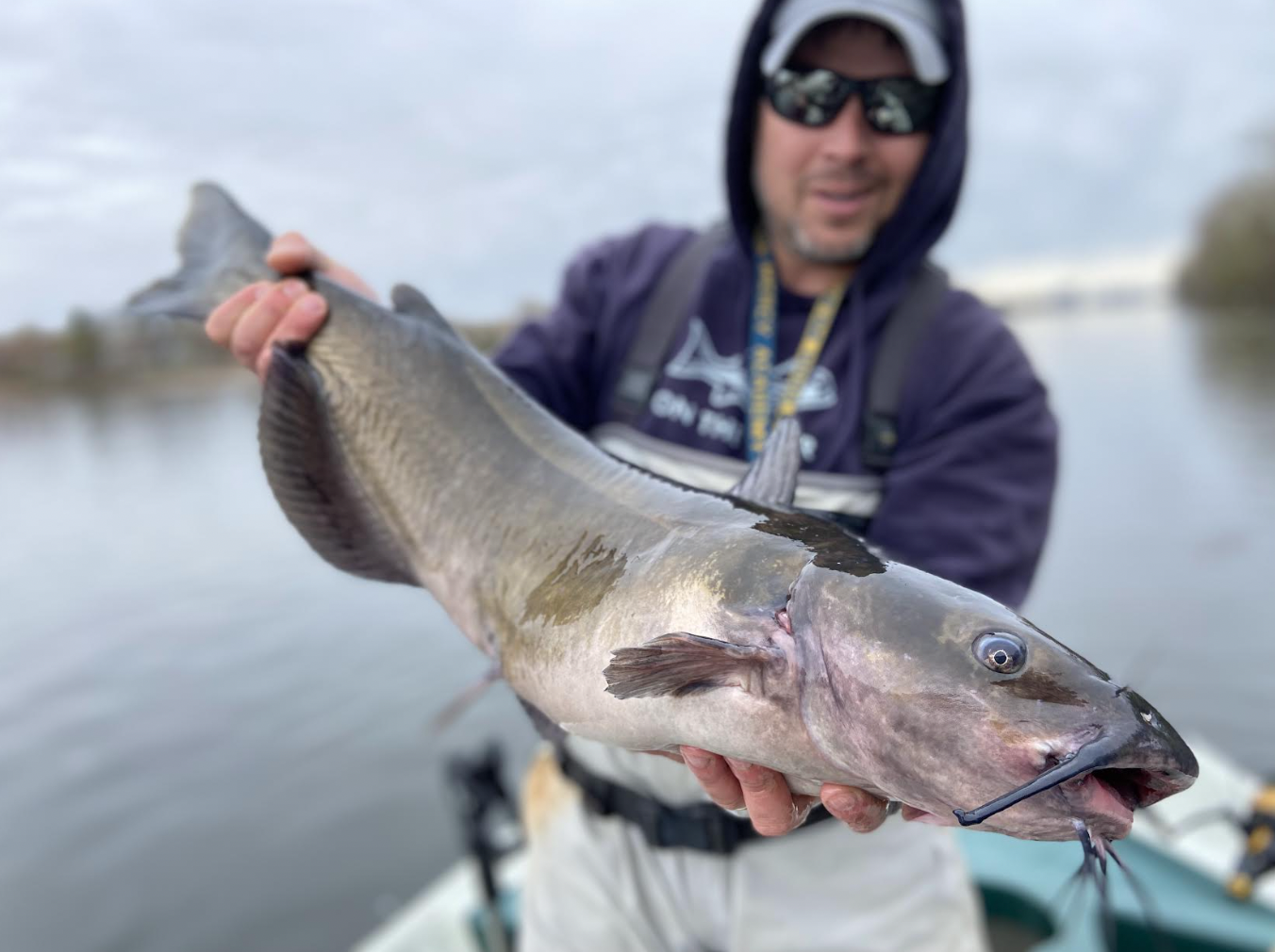
I’ve picked up the rest of my channel catfishing tactics during an outing for blues on the James River in Virginia years ago. The first time I ever went after giant blues was with veteran captain Chris Eberwein, and I was fascinated by every facet of his program. From his rigs to his methods of securing fresh bait, to the spots he chose to set up, everything had a reason. It was a far cry from what I learned from occasionally chasing channel cats as a kid, where the gist was to place a lawn chair here, cast a chicken liver there, and wait. Ironically, the blue cat population in the James (which was seeded via stocking many years ago) has grown so massive that they’ve largely destroyed the native channel cat population. That’s happened in several Mid Atlantic rivers, but in the absence of larger brutes like blues and flathead, channels will thrive and can break the 15-pound mark. I knew there were channels that size in my river, and when I got serious about fishing for them, I used tactics from Eberwein’s book.
Eberwein taught me that there’s no need to spend money on flat catfishing sinkers if you’ve got a hammer and some bank sinkers. By smashing them flat, you now have a sinker that won’t roll around on the river bottom when presented on a fish finder slide. Although the average channel cat might only weigh a few pounds, I adopted Eberwein’s belief in a heavy leader to thwart rub-offs on riprap or rocks on the bottom. I use 30-pound fluorocarbon for spring channels, and I haven’t noticed any of them being leader shy. Most critically, Eberwein sold me on circle hooks.
READ NEXT: Fishing for Giant Blue Catfish in the Shadow of Capitol Hill
When he’s blue cat fishing, he keeps his reels locked in the holders, and he won’t grab one unless it bends over and doesn’t come back up. The circle hook sets itself, taking the guess work out of feeding line and figuring out if the fish has the bait in its mouth before setting the hook. I scaled down to a size 2/0 circle for channels, and what I’ve found is that the smaller ones might not get pinned as easily, but the big ones—the ones I want—have no trouble inhaling a hook that size pinned through a larger bait chunk than you think you need. And in a river system, the big ones are also easier to find and more willing to chew in spring than they are at other times of year.
How to Catch Channel Catfish in Spring
In any river in the country, 50 degrees is the magic water temperature mark that gets catfish out of their sluggish winter patterns and roaming around. They’re coming out of the lean times, and nothing is more appealing than high-protein, fresh baitfish. This time of year, I have the most success targeting holes in the 10- to 15-foot depth range in areas of slow to moderate current. If there are large boulders in the area, all the better. These areas are most productive on sunny days or when the water’s stained. However in low evening light, don’t be afraid to soak a cut bait in as little as a foot of water on flats near the larger holes.
READ NEXT: Best Catfish Rods
In the spring, the water will be at its warmest late in the day, and bigger channels will wait for that uptick in warmth to slide shallow and hunt aggressively at last light.
By making the effort to learn how to catch channel catfish (specifically trophy ones) during the spring, I’ve found that it scratches the itch between making trips for blues and flatheads that aren’t easily available to me. When you’re properly rigged and baited up for channel catfish and then you land a 10-plus-pounder in a river loaded with smaller fish, it’s just as cool as landing a 40-pound blue cat.

